
When I was first hired at Walt Disney World, I was stunned by the sheer size of the operation. At 40 square miles, the property is roughly twice as big as Manhattan, or about the same size as San Francisco. While vast swaths are still undeveloped (and a third of the property never will be, as it is set aside for conservation), the complex houses four theme parks, dozens of resort hotels, a campground, two entertainment destinations (Downtown Disney/Disney Springs and the Boardwalk), and a mind-boggling array of recreational options.
It takes more than 66,000 cast members to keep Walt Disney World running. As you might suspect, it also takes vast support services and behind the scenes magic. Like any city its size, Walt Disney World has a strong infrastructure. Here are 10 backstage areas that you might never have realized existed, but are absolutely essential to the resort’s success.
1. Smoking areas
Despite Walt Disney World’s continued crackdown on guest smoking, shrinking and removing smoking areas at seemingly lightning speed, the truth is that a vast number of cast members smoke. Perhaps it’s the stress of the job, maybe it’s because so many hail from countries that do not have the same cultural taboo, or it could be because industries such as entertainment and food service have higher than average smoking rates. Regardless, if you choose to smoke as a Disney cast member, it is not hard to find a place to do it. And some of them are hidden just outside of guest view.
A great example is the Kilimanjaro Safaris smoking area, of which sharp-eyed guests on the Wildlife Express Train to Rafiki’s Planet Watch can actually catch a glimpse.
2. Disney government and secret cities
Walt Disney was no dummy. He learned valuable lessons from Disneyland, and he was determined to make his next project even better. Yet he chose to locate the Florida Project on swampland in the middle of nowhere. With the nearest power lines 15 miles away, the two counties whose borders the property saddled were not interested in paying the costs of developing the land. So Walt cut a highly unorthodox deal with the state of Florida, and the Reedy Creek Improvement District (RCID) was born.
As a special taxing district, RCID took sole responsibility for developing the property. Its creation also gave Disney the ability to bypass most of the normal permitting processes and rush projects through to completion—a power that came in very handy when Disney decided to beat Universal to the punch by opening its own movie park a year ahead of Universal Orlando.
Yet state lawmakers were concerned about giving a for profit company too much autonomous control. Disney needed voters and council representatives from at least two cities to handle the decisions that are typically managed at the city and county levels. At that time, Walt's Experimental Prototype Community of Tomorrow (EPCOT) was planned to include a massive residential area, so the idea of people living and voting at Walt Disney World was far from outlandish. The company quickly founded two tiny company towns, or neatly kept mobile home parks to be more accurate, and stocked them with employees of Walt Disney World or RCID.
Although EPCOT was significantly scaled down to become a theme park (EPCOT Center) and the plan for wide-scale residential living scrapped, the two towns were an integral and legal part of Disney’s governmental structure. So they were allowed to remain, effectively frozen in time. Today, their combined population is just 44. Each family owns its own mobile home, but pays Disney $75 per month in lot rent.
The towns, known as Bay Lake and Lake Buena Vista, are hidden in plain sight—not marked on any public guide map, and located on property that is technically backstage. Residents do get one major benefit, though. They have access to a gated, private fireworks viewing spot on the shores of Bay Lake.
Much less secret are the other places where Disney cast members can live—the apartment complexes used for the Disney College Program and the Disney International Program. Each year, thousands of college students and international cultural representatives head to Walt Disney World to spend a few months to a year Living, Learning, and Earning. They work front-line jobs around the complex, take classes if desired, and live in apartments that hold two to eight people. It’s a great way for students to develop independence, learn to get along with a diverse group of roommates and coworkers, and gain job experience from a highly renowned employer.
3. Costuming and Cast Zooming
For most of Walt Disney World’s existence, every costumed cast member (on-stage, front line employee) was required to use the company’s vast laundry system. You would check out one costume at a time, then turn it in for a clean one at the end of your shift. In the early 2000s, a cost-cutting measure known as Cast Zooming was implemented, allowing front-line cast members who are not in the Entertainment department to check out three costumes at a time and take them home to wash if desired. However, many cast members still prefer to let Disney do the laundry.
Either way, try to imagine the vast costume warehouses required to outfit so many people. From hundreds of Mickey and Minnie outfits to the $1000 apiece Tower of Terror bellhop uniforms, costuming is a very busy department. In fact, the entire costuming system holds more than 1.8 million individual wardrobe pieces, with an estimated 13,000 new items created each year.
All that laundry must be washed or dry cleaned, except for the pieces taken home under the Cast Zooming initiative. Fortunately, Walt Disney World has four state of the art laundry facilities with automated sorting, separating, and folding capacities. Even the costume racks are automated, with front-line costume department cast members punching codes into computers to have the massive racks bring around just the right costume for each person.
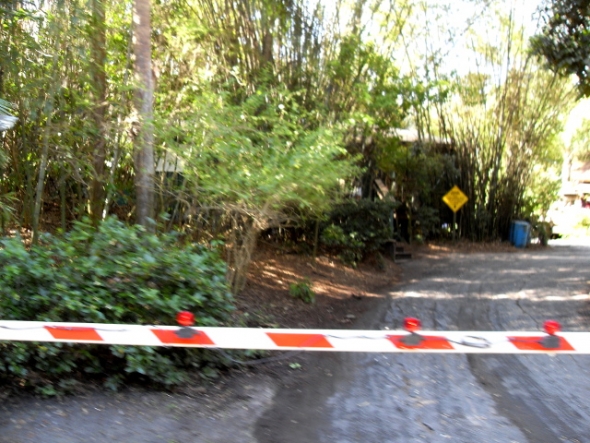
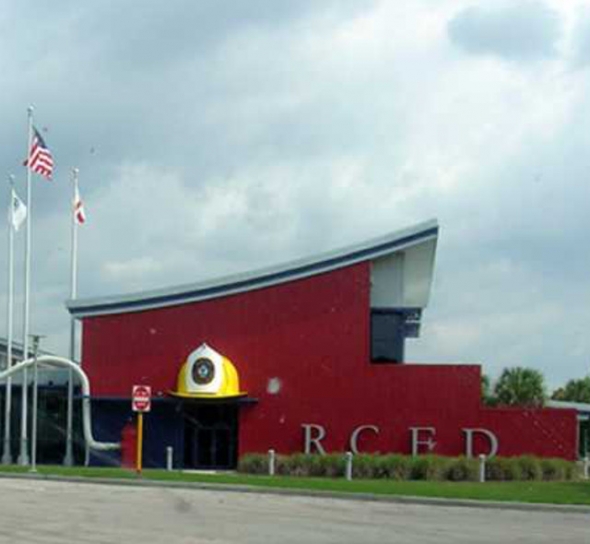
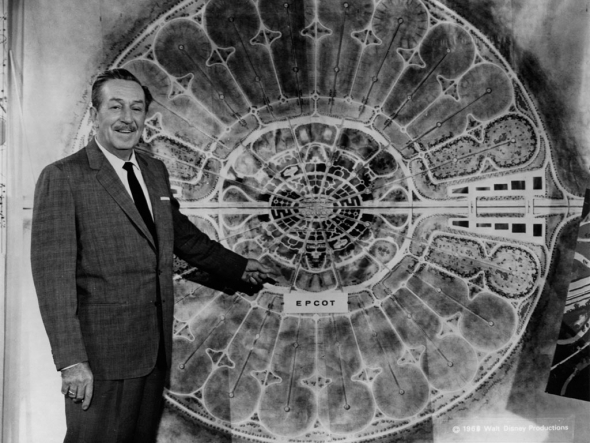
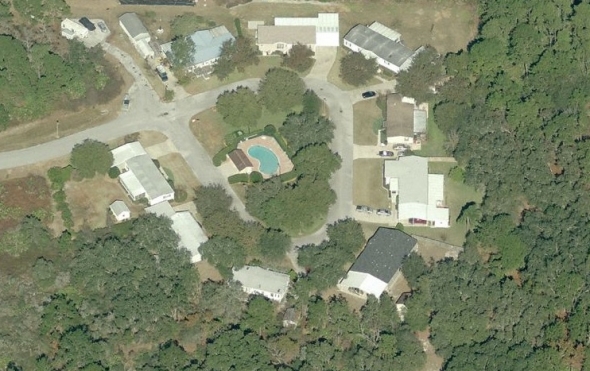
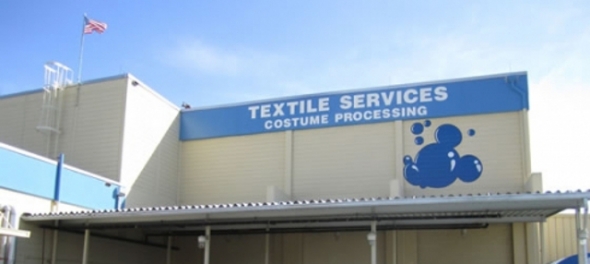
Add new comment